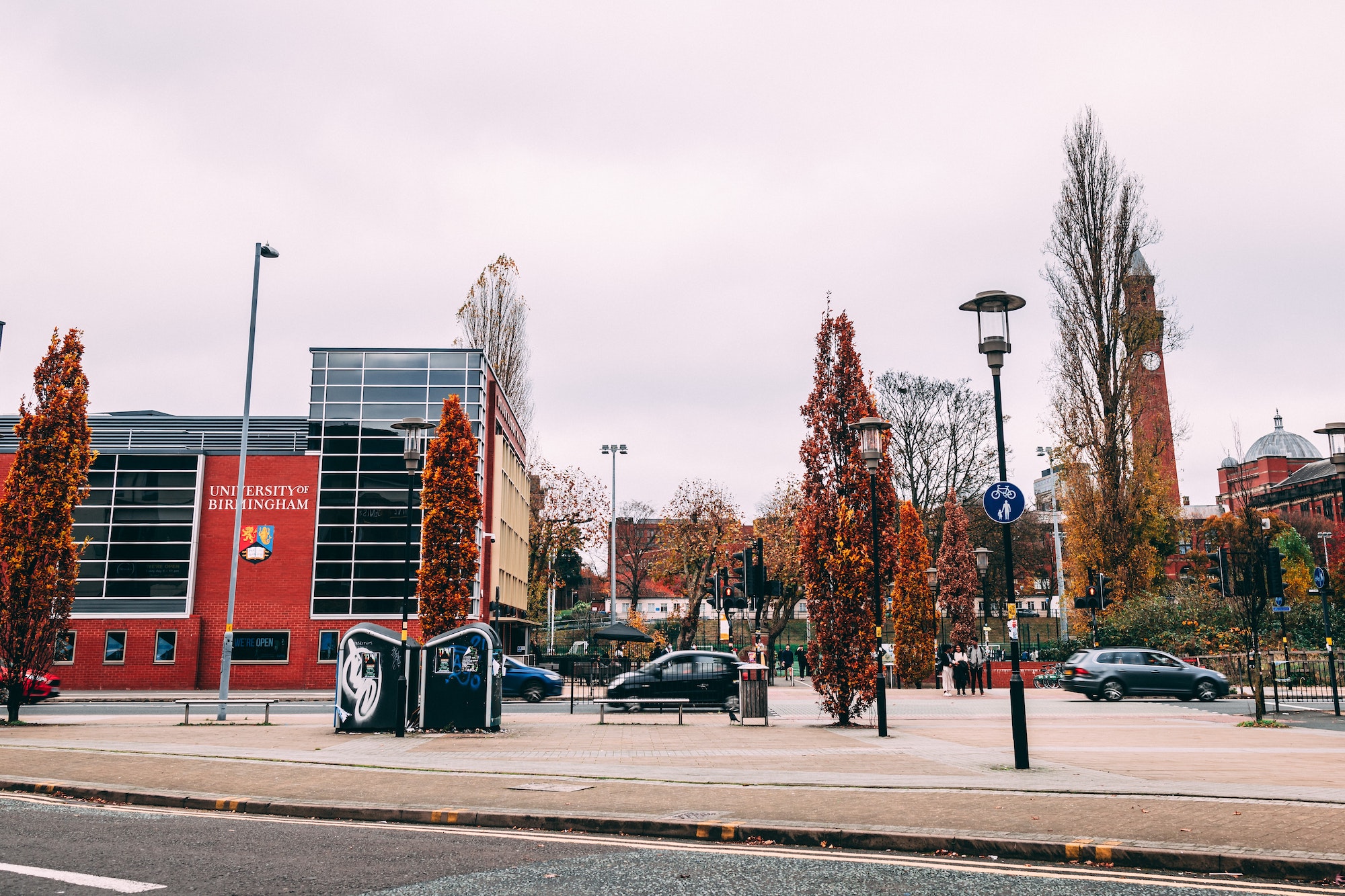
Sci and Tech writer Elliott Haywood discusses the risk of Covid-19 infection to endangered species and animal vaccinations
COVID-19 has affected every corner of our lives, with scientists believing the virus to have emerged from another species such as a bat, through human-wildlife contact. However, there have also been incidents of other animals contracting the disease, with the first case being a tiger at Bronx Zoo, and high profile cases such as the culling of Denmark’s mink population following confirmed spillover from humans to mink, then back to humans.
Due to our close genetic relationship, concerns arose about the possibility of transmission to endangered Great Apes such as Gorillas. With calls being made back in March 2020, at the very start of the pandemic, measures were suggested such as suspending ‘great-ape tourism’ and ‘reducing field research’ in order to minimise the potential risk to our closest relatives.
Concerns arose about the possibility of transmission to endangered Great Apes
At the start of 2021, those fears were realised, as eight gorillas at San Diego Zoo tested positive for COVID-19, including an elderly silverback with underlying health conditions. Although these gorillas are recovering, it has highlighted the impact that human diseases may have on threatened species. A gorilla and two lions at Prague zoo have also contracted the disease.
But it may not be all bad news, as San Diego zoo has recently vaccinated ‘four orangutans’ and ‘five bonobos’ using a vaccine developed for the cats and dogs and adapted for minks, by veterinary pharmaceutical company Zoetis, the animal health division of Pfizer. This vaccine is only for use in animals, so stocks of human vaccines are not being used up and is currently going through the validation process like any other therapeutic. Although designed for mink, it has previously been tested on cats and dogs, although it is not uncommon to use experimental vaccines on different species. The manufacturing process and composition of the vaccine are safe for administration, however, the vaccine was used experimentally in the apes in San Diego.
This vaccine is only for use in animals, so stocks of human vaccines are not being used up
Whilst this vaccine may protect these individuals, we will not be seeing the rapid delivery of large numbers of animal vaccines like we have for humans. In conversation with Redbrick, Dr Steve Unwin, a wildlife and zoo health specialist, and lecturer at the University of Birmingham, says ‘The risk for human to non-human animal spread must be assessed on a case by case basis.’ ‘No one is (or should) be advocating mass ape vaccination across the board as the need is not there.’, he continues.
Similarly, Dr Unwin told Redbrick that the vaccine will not be used in wild ape populations, ‘Again – from a risk point of view, if vaccination is to even be considered, that would be at the human-wildlife interface. Quite apart from ethical issues, it would be logistically impossible to vaccinate wild populations to guarantee herd immunity.’
Dr Unwin told Redbrick that the vaccine will not be used in wild ape populations
‘However, there may be particular instances at the human-ape interface where targeted vaccination may be useful to reduce the risk of spillover from humans. The only reason mink became an issue was due to the huge numbers (millions) that are farmed in small spaces that led to spillover from human to mink and back to human again. We know apes are likely susceptible, but the likelihood of exposure, and from there, to infection will vary greatly by situation.’
The risk of COVID-19 is clearly not over, and the cases of transmission to other species highlight the need for clear, effective COVID-19 risk communication and biosafety measures. Spread to new species, whether domestic, livestock, or wildlife, must be monitored, and targeted vaccinations, as well as robust biosafety measures, will be vital in preventing this cross-species transmission.
Enjoyed this article? Check out…
Success! NASA Lands Space Rover Perseverance on Mars!
Are Beavers Back in the English Wild?
Joe Biden’s Environmental Action – Here To Stay Or A Public Play?
Comments